.png)
Introduction
In today's rapidly evolving technology landscape, sustainability is a critical consideration. Balancing innovation with environmental impact is essential for organizations aiming to reduce waste and resource consumption. One area where sustainable practices can make a significant difference is in managing the lifecycle of personal computers (PCs).
The Windows Dilemma
Windows 10 End of life
As Windows 10 reaches its end of life – October 2025, organizations face a challenge. Many PCs running Windows 10 won't meet the hardware requirements for Windows 11, leaving users with outdated systems. The traditional approach would be to replace these PCs with new ones, resulting in increased e-waste and unnecessary expenses.
Instead, is it time to rethink your desktop strategy?
The Alternative: Cloud-Based Solutions
Amid the Windows 10 End of Life challenge, organizations must consider sustainable alternatives. Let’s delve into three cloud-based solutions that extend PC lifecycles and reduce e-waste:
1. Cloud PCs
Cloud PCs offer an innovative solution. By moving desktop environments to the cloud, organizations can extend the life of existing hardware. Here's how it works:
● Virtual Desktops: Microsoft's Azure and Windows 365 offer virtualized Windows desktops accessible from any device with an internet connection. With the ability to scale Cloud PCs up or down according to your needs, provide secure access from remote locations, and support key scenarios like bring-your-own-device (BYOD) programs, Windows 365 helps lower environmental impact [1].
2. Thin Client and Virtual Desktops
● Thin client such as IGEL OS: Instead of replacing hardware, consider loading a thin client like IGEL OS onto existing devices. IGEL OS is a lightweight, read-only operating system designed for secure access to virtual desktops and applications. It extends the life of older PCs by repurposing them as thin clients, reducing e-waste and saving costs.
● Virtual Desktop Infrastructure (VDI): Implementing VDI solutions allows users to access their desktops and applications remotely. By centralizing management and security, organizations can reduce the need for resource-intensive agents on individual endpoints.
Benefits of Sustainable Approaches
While virtual desktops are not a new concept, there’s a common perception that they’re an expensive solution. However, this doesn’t have to be the case. As we come full circle, let’s explore additional benefits of adopting a new desktop strategy:
1. Cost Savings: Avoid unnecessary hardware purchases and reduce IT management costs associated with maintaining multiple endpoints.
2. Environmental Impact: By extending PC lifecycles, we decrease e-waste and contribute to a more sustainable future.
3. Security: Read-only operating systems like IGEL OS enhance security by minimizing attack surfaces and reducing vulnerabilities.
Conclusion
As IT leaders, CIOs, and IT managers, embracing sustainable technology practices is not only responsible but also economically advantageous. By leveraging cloud-based solutions and repurposing existing hardware, organizations can extend the life of PCs, reduce costs, and contribute to a greener planet.
Remember, the future of technology lies in our hands—let's make it a sustainable one! ️ [1] [2].
Disclaimer: The information provided in this article is for educational purposes only. Always consult with your organization's IT experts before implementing any changes.
References:
- Reducing the environmental impact of Windows devices
- Microsoft Cloud for Sustainability: Empowering organizations on their path to net zero
Source: Conversation with Copilot, 7/25/2024
- Reducing the environmental impact of Windows devices
- Microsoft Cloud for Sustainability: Empowering organizations on their ...
- Tech Trends: Windows PCs help Microsoft meet its commitments to ...
Author Bio: Todd Wind has 13 years in the technology consulting industry serving the Cincinnati/Dayton business community. At CPC, Todd focuses on helping clients deliver a fast, secure, reliable, and consistent experience to their employees as they access the applications and data needed to run the business.


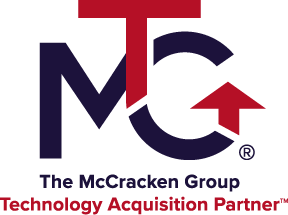
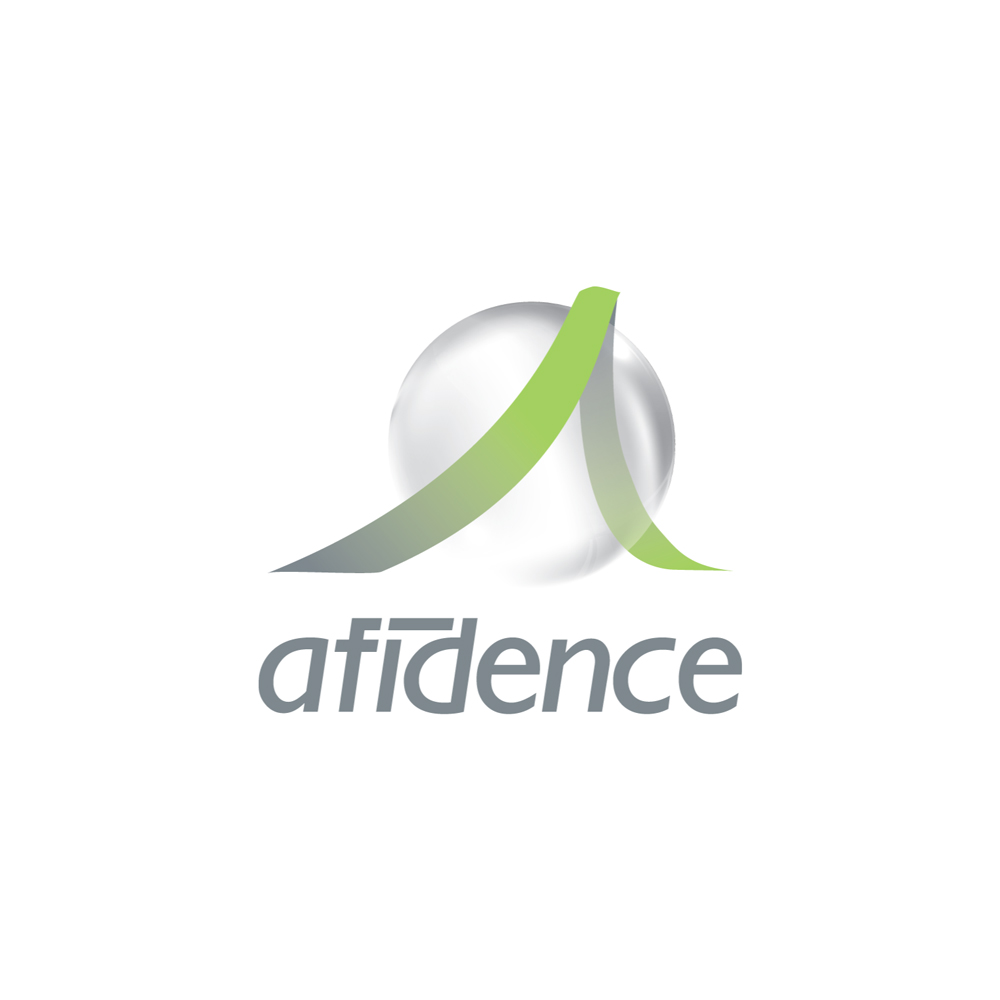
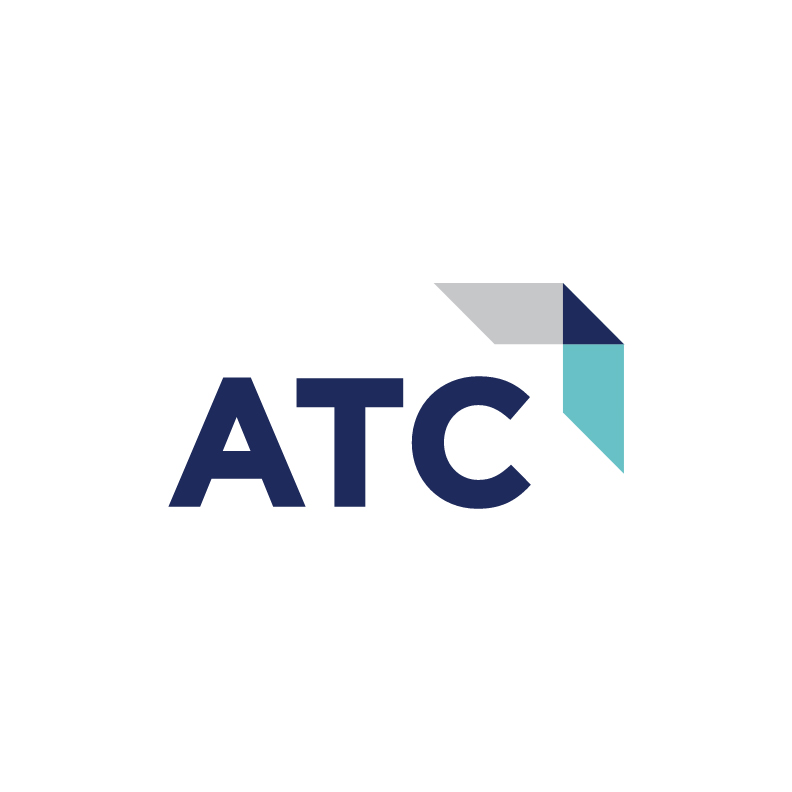
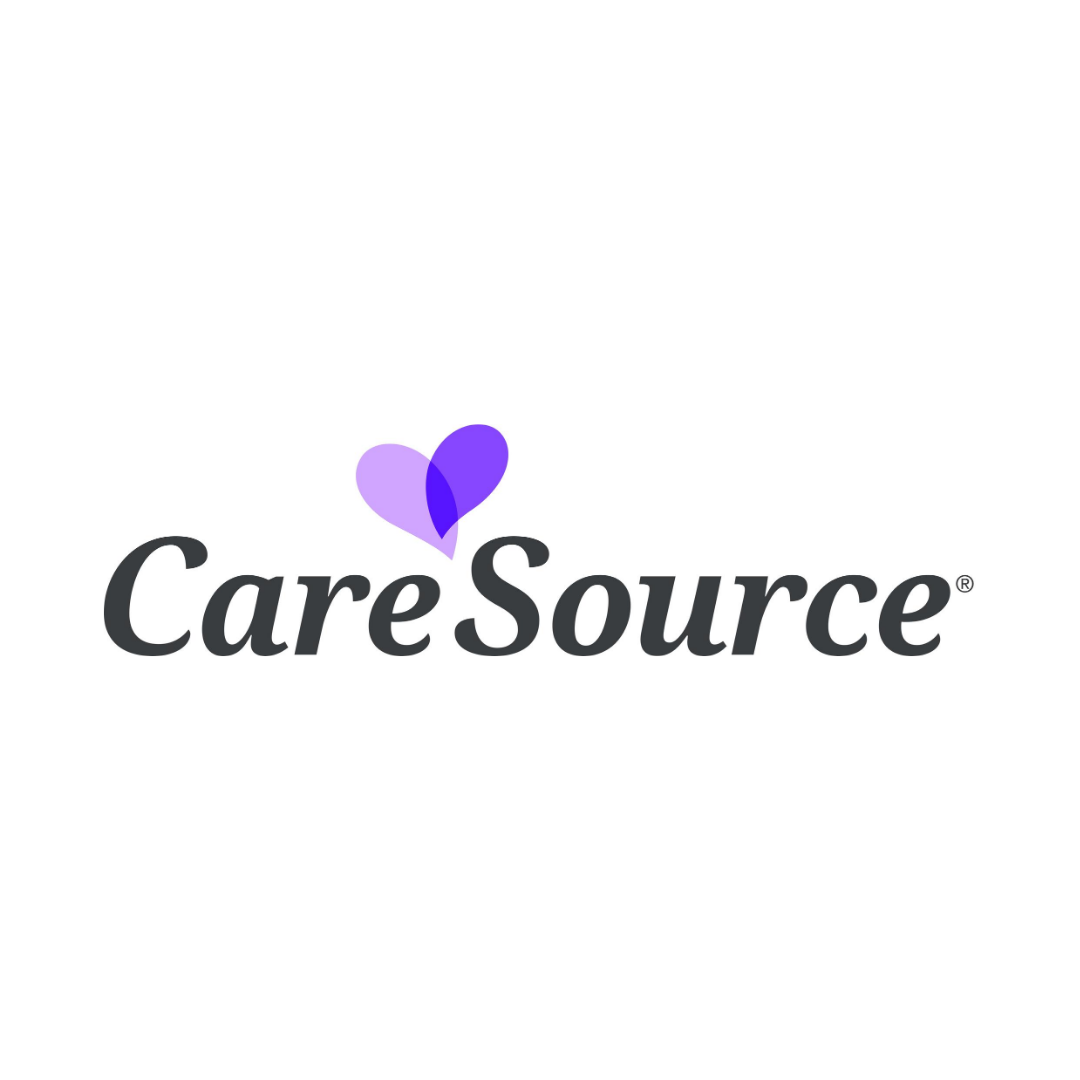
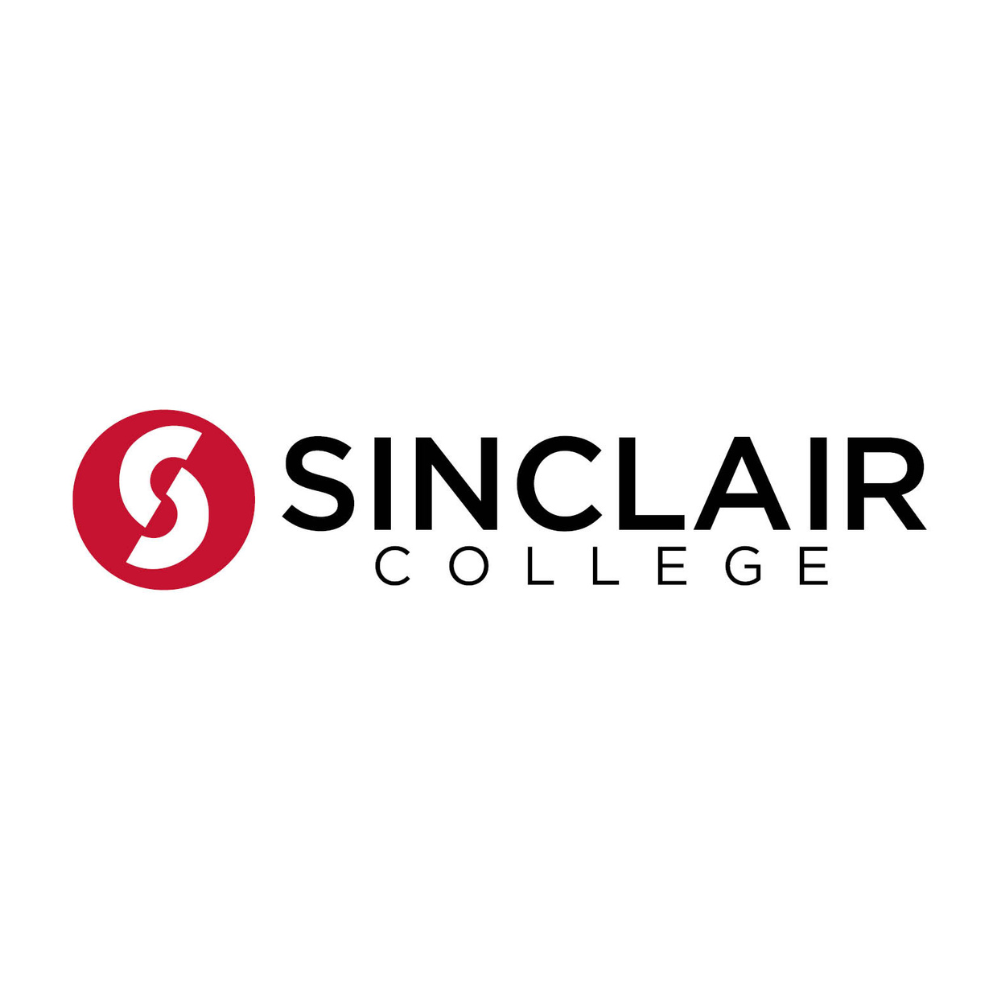

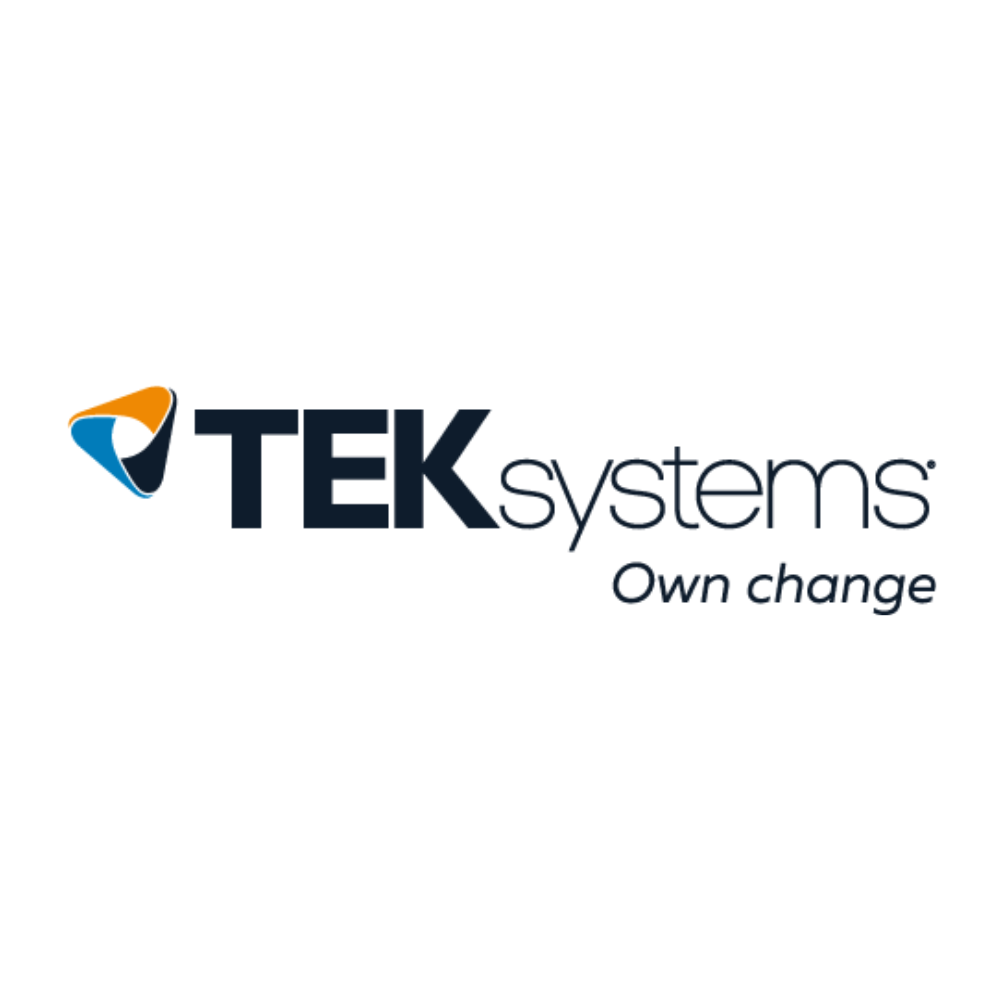
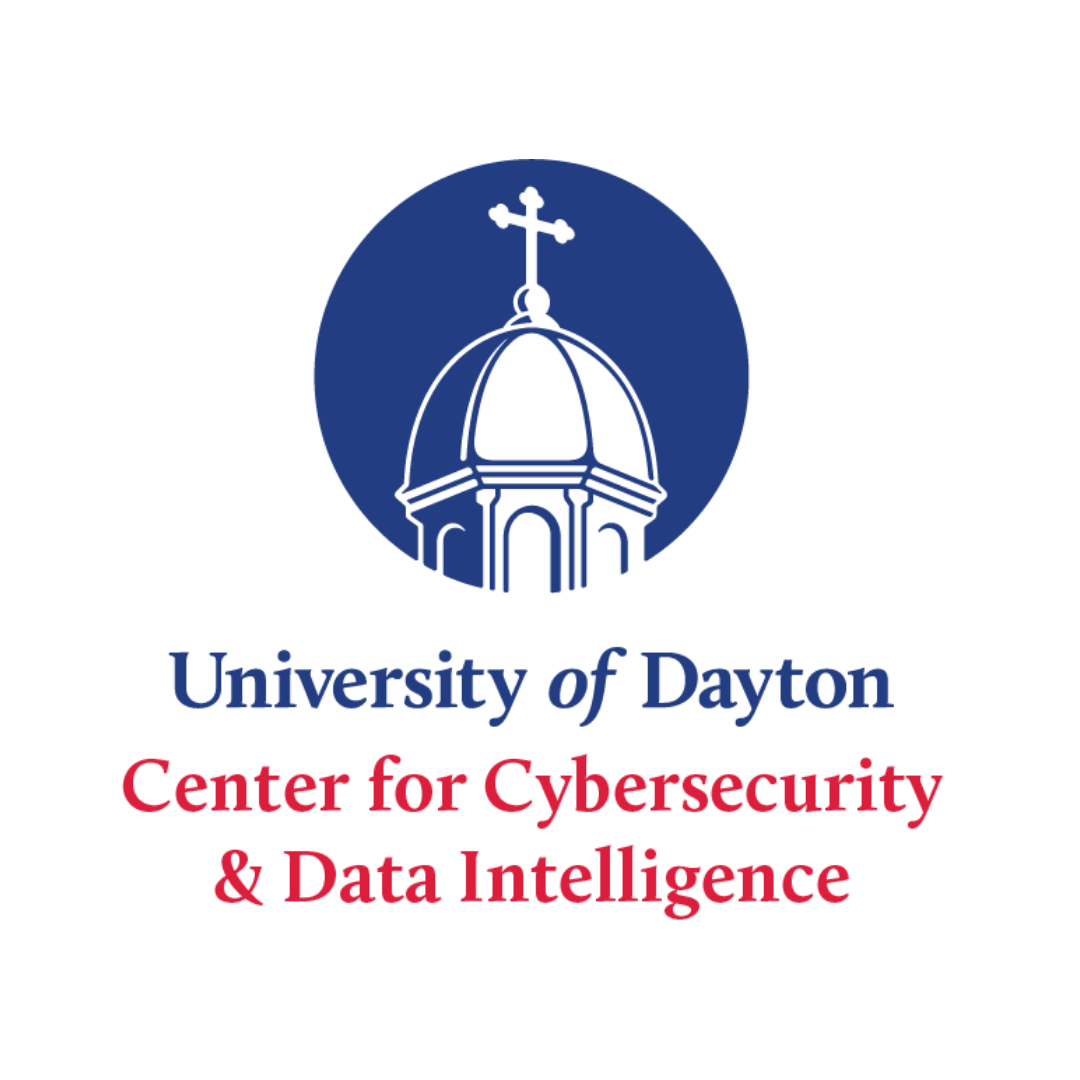
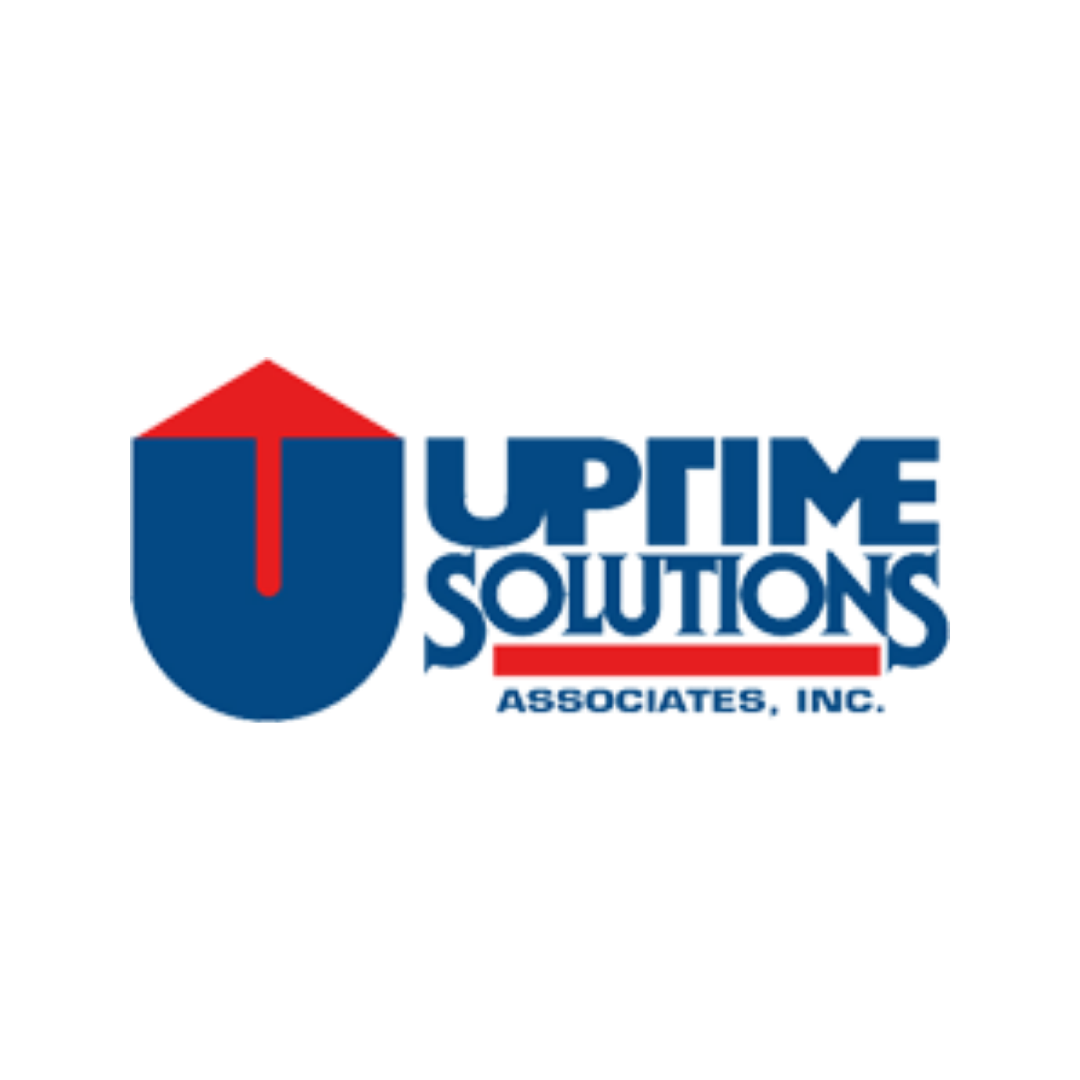




.png)


